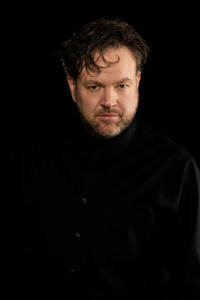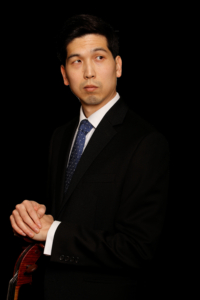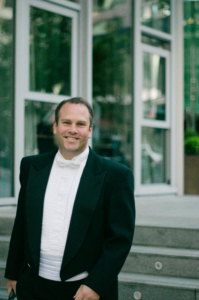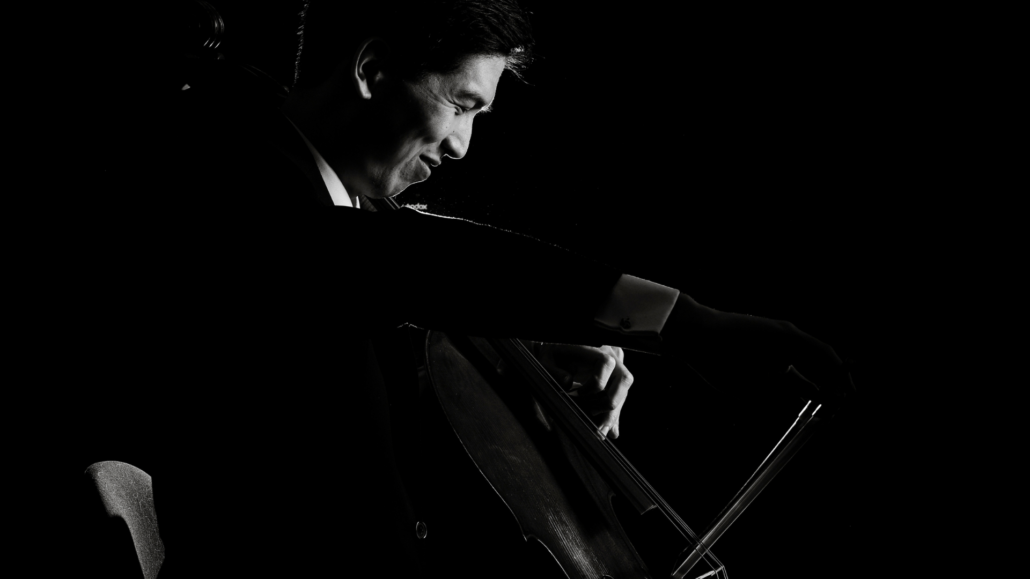 Christian Kluxen, conductor
Christian Kluxen, conductor
Now in his seventh season as Music Director of the Victoria Symphony, sixth season as Chief Conductor of the Arctic Opera and Philharmonic, and first season as the Principal Guest Conductor of the Turku Philharmonic, Christian Kluxen is regarded as one of the most exciting conductors to emerge from Scandinavia. Born in Copenhagen in 1981 to Danish-German parents, Kluxen has a natural affinity towards the Germanic and Scandinavian repertoire, particularly the works of Beethoven, Brahms, Richard Strauss, Nielsen, and Sibelius.
In the press he has been described as “a dynamic, charismatic figure” who “forms the music with an impressive vertical power of emotion and a focus on the grand form”, conducting “with exemplary clarity and a heavenly warmth.” From Canada, to Finland, and Norway, Maestro Kluxen has been recognized for his sincere and transparent leadership, innovative programming, and his bold, imaginative, and energetic interpretations.
Alongside his many and varied commitments with APO, Turku Philharmonic, and Victoria Symphony, recent and forthcoming guest engagements include Orchestre de Chambre de Lausanne, Odense Symphony, and Norrköping Symphony. On the operatic stage, Kluxen has conducted extensive tours of Don Giovanni and Madama Butterfly with the Danish National Opera, followed by his Berlin conducting debut with Die Zauberflöte at Komische Oper. In 2017, he led highly successful performances of Die Fledermaus with Aarhus Symphony Orchestra, and Ariadne auf Naxos with Arctic Opera and Philharmonic. In 2019, he led two full productions of Bizet’s Carmen; in Denmark at Opera Hedeland and in Norway with Arctic Opera and Philharmonic.
Kluxen’s concerts have been broadcast live in Denmark, the UK, Sweden, Norway and Canada. He has received several prestigious awards and prizes, and in 2016 he was nominated by the International Opera Awards as “Young Conductor of the Year.”
 Brian Yoon, cello
Brian Yoon, cello
Brian Yoon enjoys a multifaceted career as soloist, chamber musician, teacher and Principal Cello of the Victoria Symphony. He has performed as guest principal with the National Arts Centre Orchestra in Ottawa, and the Auckland Philharmonia Orchestra in New Zealand.
Since winning First Prize at the 35th Eckhardt-Gramatté Competition, Brian has been presented in recital from coast to coast, with performances of repertoire ranging from Bach and Beethoven to Shostakovich and Metallica. He maintains a strong commitment to contemporary music, often programming works from the 21st century. In 2012, CBC Music featured Brian as “Canada’s next cello superstar” with a national broadcast of a recital recorded at the Glenn Gould Studio in Toronto.
Born in South Korea, Brian started music lessons at the age of six. After immigrating to Canada, he continued cello studies with Judith Fraser at the Vancouver Academy of Music. He completed his advanced training at the University of Ottawa and Rice University with assistance from the BC Arts Council, the Canada Council for the Arts, and the Sylva Gelber Music Foundation.
Brian currently plays a 1905 cello by Gaetano Sgarabotto of Milan, purchased with the generous support of Dr. Fritz Boehm and the Gail O’Riordan Memorial Fund for Music and Performing Arts at the Victoria Foundation.
 Greater Victoria Youth Orchestra (GVYO)
Greater Victoria Youth Orchestra (GVYO)
Yariv Aloni, music director
Since its inception in 1986, the Greater Victoria Youth Orchestra (GVYO) has given young musicians the opportunity to study and perform masterworks of the symphonic canon. GVYO members, from early teens to mid-twenties, come together from across southern Vancouver Island in a spirit of commitment and camaraderie. Each season, the GVYO prepares three or four programs for performance under the guidance of its beloved Music Director, acclaimed violist and conductor Yariv Aloni, and a faculty of respected musicians.
The GVYO has collaborated with the region’s principal music ensembles and with renowned artists such as Sir Yehudi Menuhin and Ben Heppner. For 37 years, the GVYO has brought symphonic music to thousands of arts patrons, school students and diverse communities such as Bamfield, Haida Gwaii, the Yukon and the Kootenays. Featured in its 25th season in the documentary GVYO: A Work in Progress, televised on Knowledge Network, the orchestra provides community outreach through regular open rehearsals, education concerts and an annual Summer Strings workshop. At the GVYO, expert training, dedicated study, and good fun combine to produce miraculous results – performances of the symphonic repertoire by student musicians, in concerts that delight, enlighten, and inspire.



 Christian Kluxen, conductor
Christian Kluxen, conductor Brian Yoon, cello
Brian Yoon, cello Greater Victoria Youth Orchestra (GVYO)
Greater Victoria Youth Orchestra (GVYO)